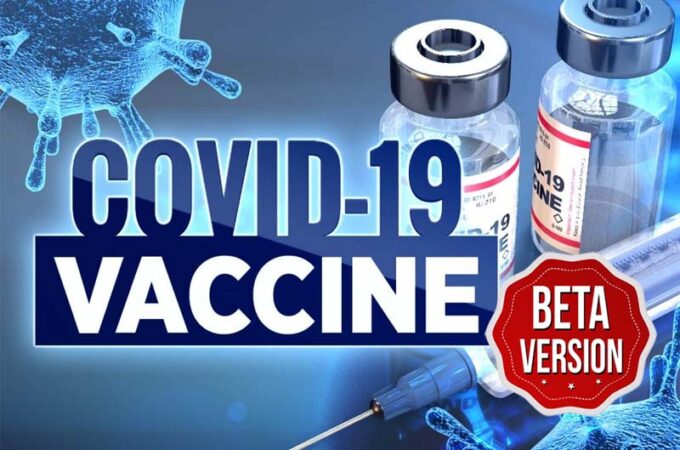Back before the mid 90’s, software developers had to be very careful about what they shipped. This was before the Internet and downloadable software. Consumer software was packaged, then sent to places like Babbage’s, and sold to geeks. If the software in the box didn’t work, the product failed. If their products failed enough times, the company failed.
So, companies spent a lot of time, money and effort making sure that their product was bug-free and that it did what it was supposed to do before it went out the door.
Then came the Internet and online distribution. Companies realized that what was inside the box was unimportant because they could download an upgrade to the product any time they wanted. Any issues found with the software could be fixed and new features could be added as they were developed.
Then along came the iPhone and Facebook games like Farmville. Software developers realized that consumers would be willing to accept pretty much any shitty app thrown at them, as long as it was labeled “beta”. An app didn’t need to be any good. A “beta” label set the expectation that it would probably be bad up front but would get better over time.
This approach saved developers time and money. Companies wanting to be first to market could ship a bad product that didn’t do what was promised. The “beta” label would buy them some time to make it actually work. Money that would have been spent on testing the product was saved because the end users became “beta testers” and self-reported any issues they found.
All the developer had to do was to read through the bug reports, identify patterns that indicated something was wrong, and fix it. Like I said, beta testers are willing to take a lot of crap. About the only thing that would immediately lose consumer trust was if the app had a fatal error that killed the device it was running on.
But new features and bug fixes needed to happen quickly because the public would only accept the “beta” label for so long. If the shitty software didn’t show signs of improvement, people lost faith in the product.
This has been formalized into a software development process called “Rapid App Development”, also known as RAD. Greatly simplified, RAD means: Fix bugs, add features, rinse, repeat. It’s used by software developers around the world.
And, apparently, it’s now used by drug manufacturers too. Well…sort of. I like to refer to the process used by the vackseen manufacturers as “Rapid Crap Development”.
The COVID-19 vackseens have been shipped under an Emergency Use Authorization by the FDA. Which essentially means it’s in the beta phase. And people are OK with that because they’ve been trained that being a beta tester is really cool.
Instead of a years-long testing process to eliminate issues with the product, they shipped a buggy product that doesn’t work quite as well as promised to billions of “end users”.
It’s up to the “users” to report any issues they might find and up to the drug manufacturers to look through the data, identify problems with their product, and fix them.
There are reports of serious bugs in the vackseens. These are happening worldwide. In tens of thousands of cases, “users” have reported fatal errors. The next logical step would be for the drug company to develop and release an upgrade to their product.
That makes me wonder why we never hear about “upgrades” to the vackseens. Why haven’t I heard something like: “v.02 of our vackseen reduces the possibility of blood clots by 77%!” Or how about, “We identified what was causing the heart issues in young men and have completely eliminated them in the new version.”
Let me see if I have this straight. We’ve been told that the new variants are really scary and that we should panic. Then, we were told that the vackseens are losing their effectiveness because they don’t work well against the variants.
The claim isn’t that the vackseens are “wearing off” like, for example, a tetanus shot. No, the claim is that the vackseens are losing their efficacy because the virus has changed into something the vackseens can’t fight. So we should all be scared.
So, answer me this…why are the “booster shots” the exact same drug as the first two shots? Why don’t they contain any improvements over their original version? How, exactly, will more of something that doesn’t work be any more effective?
If I were a vackseen beta tester, right about now I’d be wondering why the company isn’t paying any attention to the bug reports. And I’d be asking why I should take a booster shot that doesn’t include any bug fixes or new features.
And I’d sure as hell want to know what steps they’ve taken to eliminate fatal errors.
Did you know I publish a new article several times a week? I’ve started getting noticed by social media. Which, as you know, for a Conservative is never a good thing. I highly recommend you sign up for my newsletter. That way you won’t miss anything the next time social media censors what I write.


